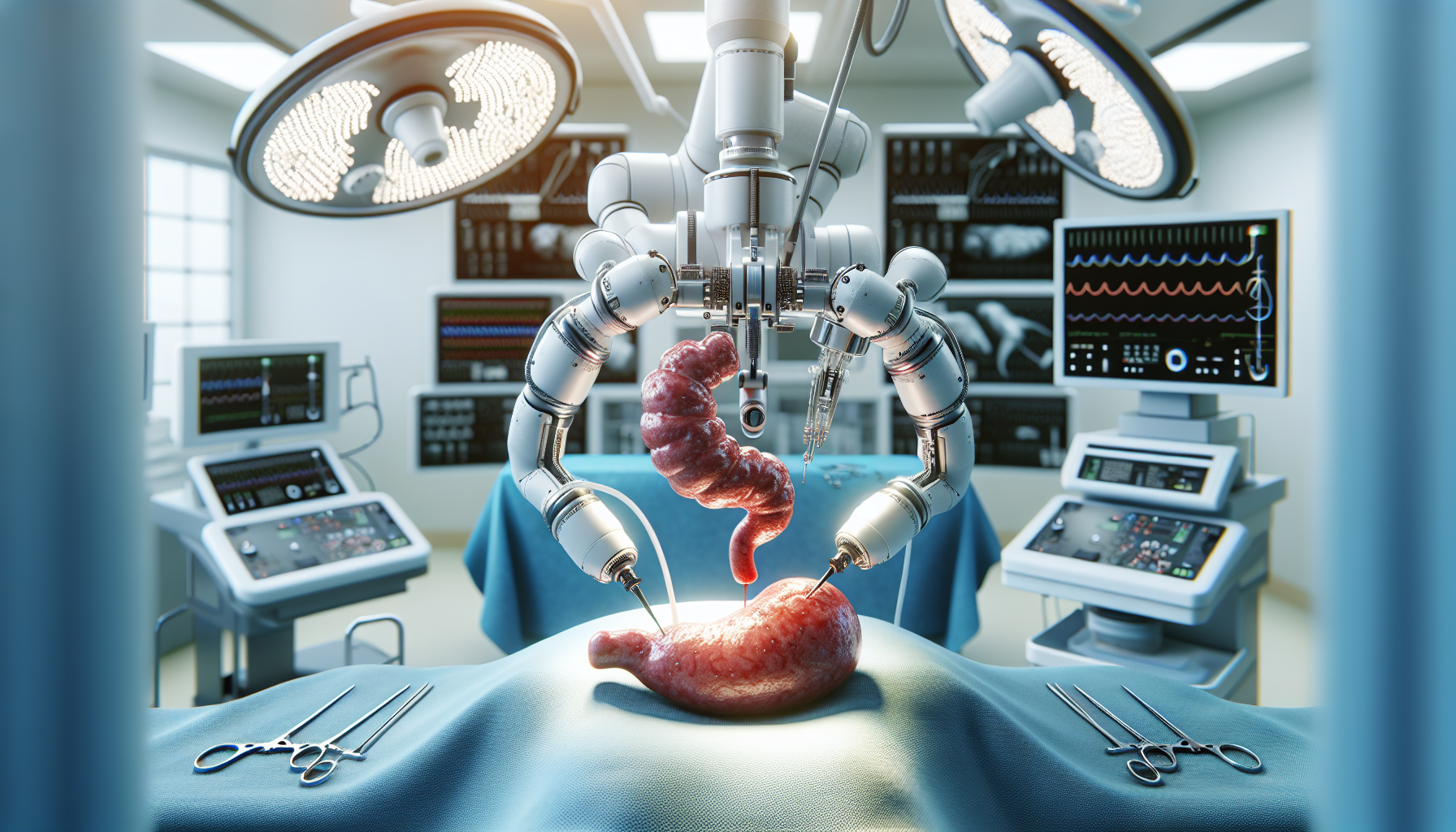The Role of LYMPHA in Reducing Complications Post-Mastectomy
Key Takeaways
- LYMPHA may reduce lymphedema without increasing major postoperative risks.
- No significant difference in complication rates between LYMPHA and non-LYMPHA groups.
- LYMPHA could be beneficial in mastectomy patients undergoing implant-based reconstruction.
Did You Know?
Introduction to LYMPHA
The Lymphatic Microsurgical Preventing Healing Approach (LYMPHA) is a surgical technique designed to minimize the risk of lymphedema (LE) following axillary lymph node dissection (ALND). This procedure is often integrated with immediate implant-based breast reconstruction (IBBR) in patients undergoing mastectomy. LYMPHA involves creating connections between lymphatic vessels and veins, which can potentially help prevent the buildup of lymph fluid that leads to LE.
Study Overview
A recent study evaluated the impact of LYMPHA on surgical outcomes in patients who underwent mastectomies with immediate prosthetic-based breast reconstruction. Conducted between April 2021 and August 2023, the study involved a comparison between patients who had the LYMPHA procedure along with ALND and those who did not.
Patient Demographics and Groups
The study included 94 patients, out of which 43 underwent ALND with LYMPHA, while 51 did not. The researchers collected data on various patient demographics, treatment characteristics, and complication rates within 90 days post-surgery. All baseline demographic features were evenly distributed between both groups, except that patients with higher-stage breast cancer needing chemotherapy were more prevalent in the ALND with LYMPHA group.
Complications Assessed
The study monitored several complications including hematoma, seroma, minor and major infections, wound dehiscence, mastectomy flap necrosis, implant or AlloDerm exposure, and hospital readmission rates. The primary goal was to compare the rates of these complications in both patient groups.
Study Findings
The results of the study showed that there were no statistically significant differences in complication rates between patients who underwent LYMPHA and those who did not. Specifically, no hematomas were detected in either group. Seroma occurred slightly more in the LYMPHA group, but this was not statistically significant. Minor and major infection rates were also comparable between the two groups.
Impact on Anesthesia Time
The study found that ALND with LYMPHA had a longer anesthesia time. Despite this, the extended anesthesia time did not translate to a higher rate of complications, suggesting that LYMPHA can be safely performed without significant risk to the patient.
Assessment of Mastectomy Flap Necrosis
Mastectomy flap necrosis was present only in the LYMPHA cohort, but the rate was not statistically significant. This suggests that while LYMPHA may have a slight association with this complication, the risk remains low.
Hospital Readmissions
Readmission rates within 90 days post-surgery were slightly higher in the LYMPHA group but again, this was not statistically significant. The study's findings overall indicate no major increase in postoperative complications due to the LYMPHA procedure.
Conclusion
The study concluded that adding LYMPHA to ALND does not significantly increase the risk of postoperative complications following mastectomy and implant-based breast reconstruction. It supports using LYMPHA as a means to reduce the risk of lymphedema without adding undue risk to the patient.
Implications for Clinical Practice
For physicians and patients, this study presents encouraging evidence to support the integration of LYMPHA in surgical protocols for mastectomy with ALND. By potentially reducing the incidence of lymphedema, LYMPHA offers a safer postoperative route for breast cancer patients undergoing major surgery.
References
- American Journal of Surgeryhttps://www.americanjournalofsurgery.com/article/S0002-9610(21)00220-1/fulltext
- Journal of Surgical Oncologyhttps://onlinelibrary.wiley.com/doi/full/10.1002/jso.26302
- Breast Cancer Research and Treatmenthttps://link.springer.com/article/10.1007/s10549-021-06374-y






